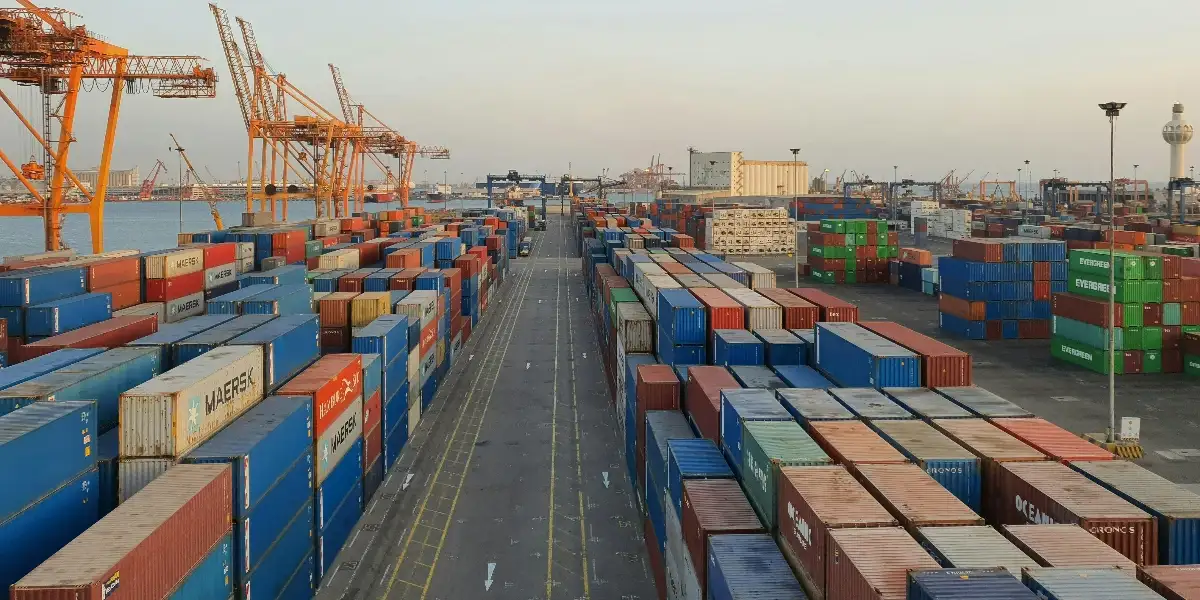Transshipment
Transshipment is the transfer of goods from one vessel to another at an intermediate port, enabling cargo to reach its final destination when direct routes are unavailable.
Transshipment in maritime shipping refers to the transfer of goods from one vessel to another during the course of their journey. This process typically occurs at an intermediate port or terminal, where cargo is unloaded from an arriving vessel and then loaded onto another vessel for further transportation to the final destination.
Transshipment serves various purposes in global trade, such as optimizing shipping routes, consolidating cargo, and accommodating vessels with different capacities. It is a strategic practice in the shipping industry, allowing carriers to offer more extensive service networks without requiring direct connections between all ports.
Transshipment enables the use of larger vessels on long-haul routes and smaller vessels for shorter routes, optimizing the overall efficiency of the transportation network.
Despite its advantages, transshipment poses challenges in terms of potential disruptions, increased handling costs, and the need for coordination among various stakeholders. Proper planning, advanced logistics technologies for real-time container tracking, and effective communication among shipping lines, terminals, and other parties are crucial for mitigating these challenges and ensuring the smooth execution of transshipment operations.







